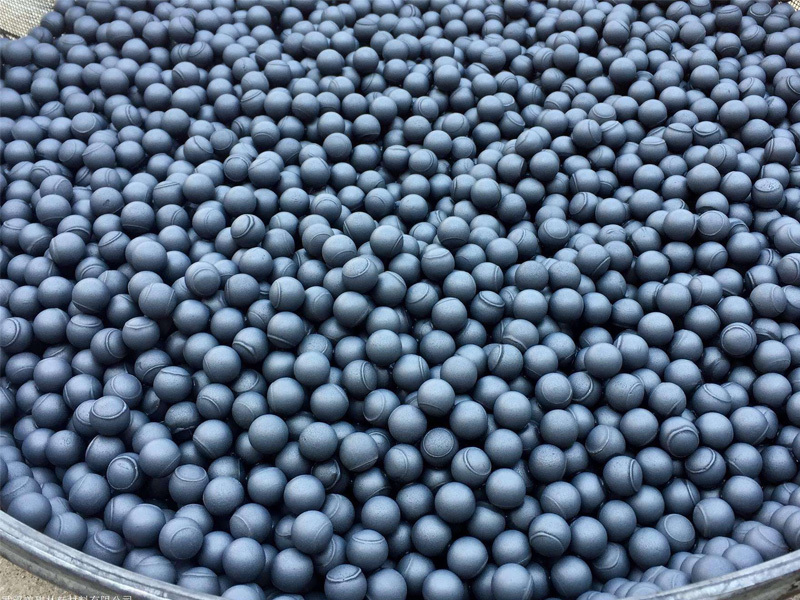What are the characteristics of reaction-bonded silicon carbide?
Release time:
2022-09-21
Reaction-bonded silicon carbide What are its characteristics?

The product surface is smooth, dense, and high-quality. Reaction-bonded silicon carbide is not only used in power plant desulfurization systems, mining and mineral processing, cement manufacturing, metal heat treatment, galvanizing and aluminizing, garbage incineration, petrochemical machinery, and the solar energy industry, so what are the characteristics of reaction-bonded silicon carbide?
What are the characteristics of reaction-bonded silicon carbide?
In the future, components manufactured from reaction-bonded silicon carbide will be increasingly used in high-temperature, thermal shock, wear, and high-corrosion material industries. Reaction-bonded silicon carbide can also be used as a refractory material. Today, I will learn about the relevant knowledge of silicon carbide sintering reactions.
1. Good thermal shock resistance.
2. Good corrosion resistance.
3. Low cost and long service life.
4. Refractory limit.
5. High thermal performance.
6. High strength and wear resistance.
Reaction-bonded silicon carbide What are the influencing factors?
1. The role of the outer layer agent. In solid-state sintering, a small amount of outer layer agent (sintering aid) can form a solid solution with the main crystal, promoting an increase in defects; in liquid-phase sintering, equipment is naturally used, so they can promote sintering.
2. As the sintering temperature and holding time increase, the larger the lattice, the stronger the ionic bond, the more difficult the ion diffusion, and the higher the sintering temperature. However, the combination of various crystals is different, so the sintering temperature varies greatly. Even for the same crystal, the sintering temperature is not a fixed value. However, high-temperature and short-term sintering are good methods for producing dense ceramic materials, but the heat transfer coefficient, secondary crystallization temperature, and diffusion coefficient. Reasonably consider and set the sintering temperature.
What is a detailed introduction to reaction-bonded silicon carbide?
1. Fine ceramic silicon carbide optical factory briefly explains the reaction principle of reaction-bonded silicon carbide. Refers to silicon carbide and carbon powder. Carbon and silicon react and combine with the original silicon carbide during the reaction process. In this way, the preparation of silicon carbide composite materials is to mix silicon carbide powder, carbon powder, and organic binder, and then form, dry, sandblast, and siliconize it.
2. The density of this sintered silicon carbide can reach 3.08. Both wear resistance and corrosion resistance are very good, and the market demand is large. Reaction-bonded silicon carbide is also called activated sintering or intensified sintering. To be more precise, activated sintering and intensified sintering are different. Activated sintering index can reduce the sintering activation energy, so that the system sintering can be carried out at a faster speed, as well as a sintering method to improve sintering performance, and color sintering refers to a sintering process that can improve sintering speed or enhance sintering performance.
The above is compiled by the editor for you Reaction-bonded silicon carbide Related questions about characteristics, I hope it can help you!




